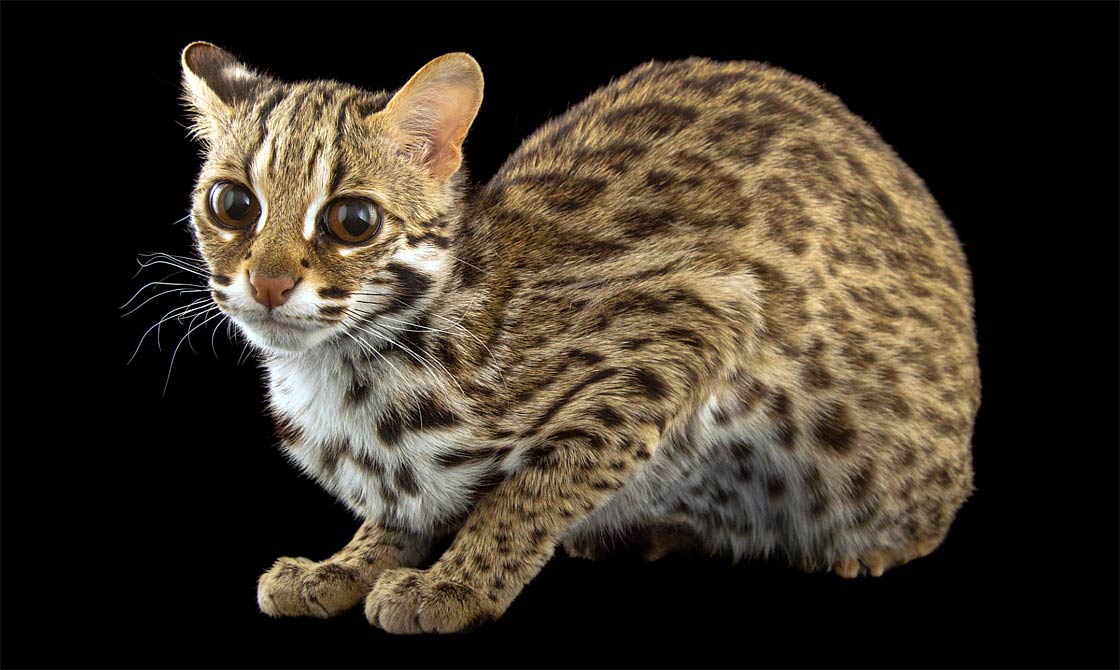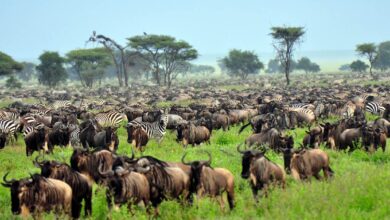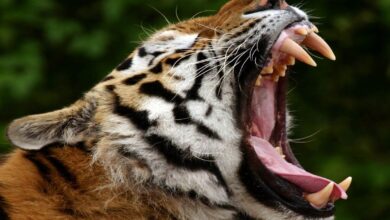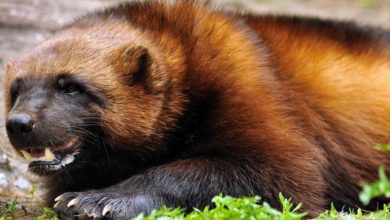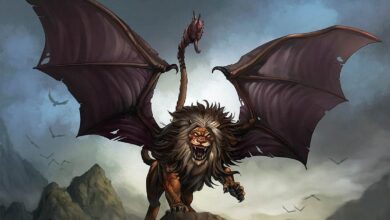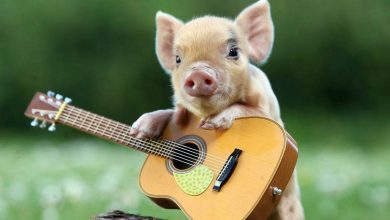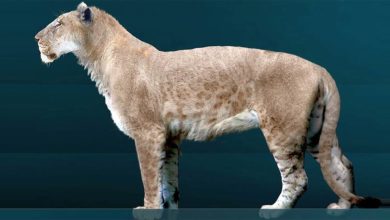Leopard cat – a small leopard
Asia is inhabited by many species of small cats, which are almost unknown in many countries. One of them was domesticated and crossed with a domestic cat, which naturally made it a subject of interest. In this way, the leopard cat, as we are talking about, became one of the better-known small Asian cats. The result of crossing a wild leopard cat with a domestic cat is the domestic Bengal cat – a breed that we described in the section presenting domestic cat breeds.
Classification
- Kingdom: Animalia
- Class: Mammalia
- Order: Carnivora
- Suborder: Feliformia
- Family: Felidae
- Subfamily: Felinae
- Genus: Prionailurus
- Species: Prionailurus bengalensis
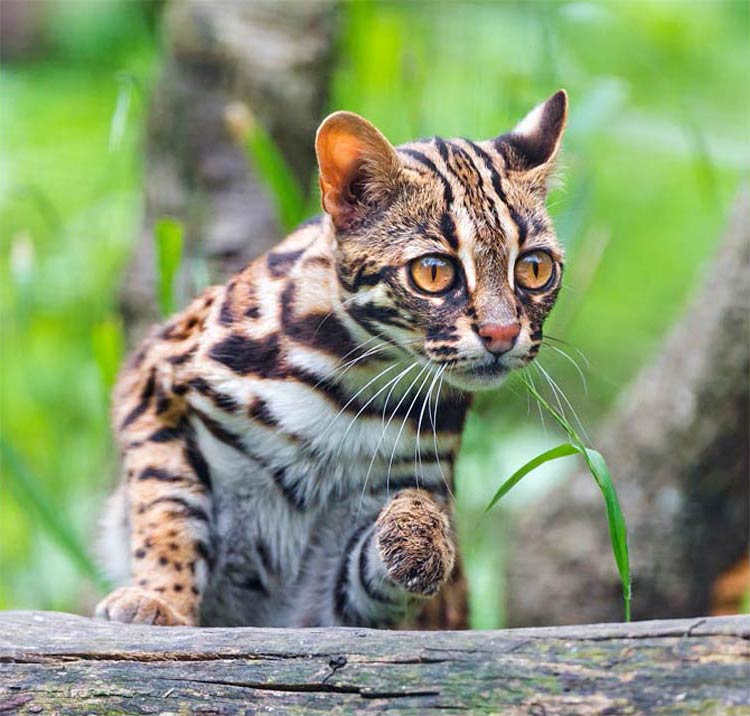
Discovery
The leopard cat was first described in 1792 by the Scottish writer and zoologist Robert Kerr, who named it Felis bengalensis. Over the following decades, similar animal species were discovered in Asia (all referred to as Bengal cats, but bearing different Latin scientific names), until 1939, when it was found, based on skull studies, that they had more in common with the leopard than with the domestic cat.
A new genus, Prionailurus, was therefore established, to which this species was also assigned. In 2017, it was recognized that part of the population of this cat inhabiting Java, Bali, Borneo and Sumatra is in fact a different species, separated from the actual leopard cat living in the continental part of Asia.
Key points:
- Felis bengalensis: The initial name given to the leopard cat by Robert Kerr.
- Prionailurus: The new genus to which the leopard cat was moved, emphasizing its similarity to leopards.
- Species differentiation: The discovery that leopard cat populations from Java, Bali, Borneo and Sumatra represent a separate species.
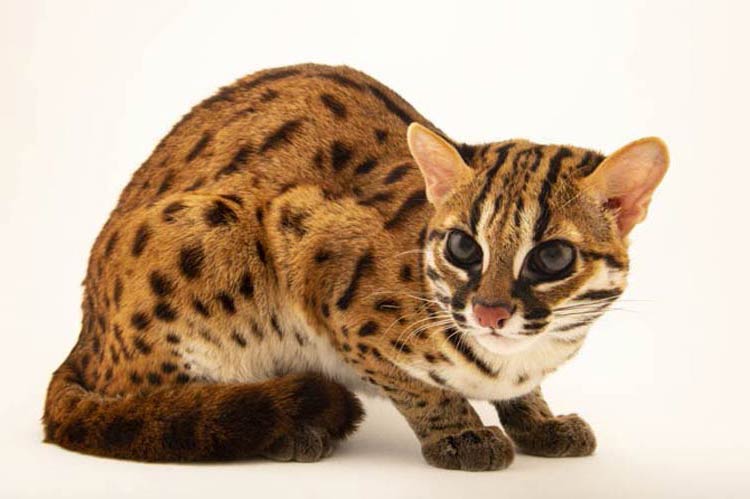
Characteristics
Size and appearance
The leopard cat is about the size of a domestic cat, but it is slimmer, has longer legs and toes that are partially webbed. The size of this species varies considerably depending on the climate in which a given population lives. Leopard cats in tropical regions measure up to 66 cm (26 inches) in length (with an additional 17-31 cm (6.7-12.2 inches) tail) and weigh 1-3.8 kg (2.2-8.4 lb).
On the other hand, those cats that live in the temperate climate of China and Siberia are up to 75 cm (29.5 inches) long (without the tail) and weigh over 7 kg (15.4 lb); moreover, their body weight changes throughout the year – they weigh more in winter and lose a lot of weight in spring. The height at the shoulder is about 41 cm (16.1 inches).
This cat has fur ranging from gray to fawn with a white chest and belly, and the muzzle is also white. It has two dark stripes on its head, two more running from the eyes to the ears, and two white ones from the eyes to the nose. The outside of the ears is black with white spots. There are black, irregularly shaped spots on the body. On the back it has 2-4 rows of dark spots. The tail is about half the length of the body and has black stripes.
Key points:
- Size: Variable, depending on the climate.
- Appearance: Slimmer than a domestic cat, longer legs, partially webbed toes.
- Coat: From gray to fawn with a white belly and muzzle, dark stripes and spots.
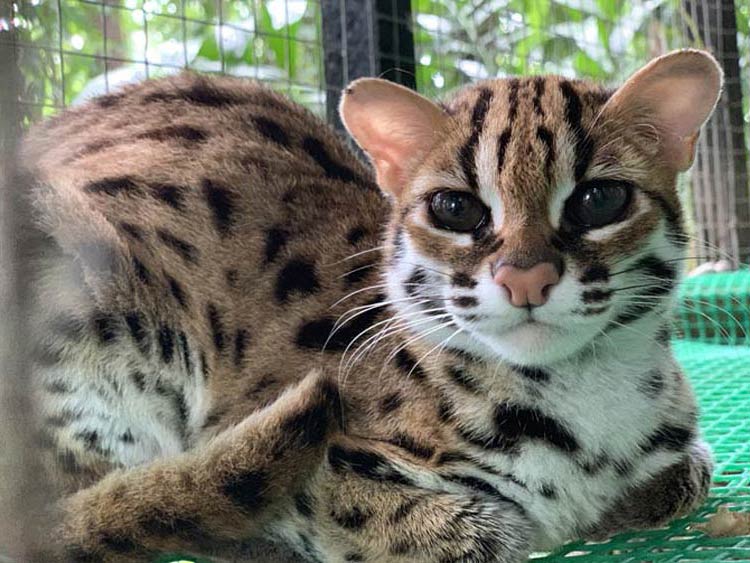
Distribution
The leopard cat is the most widely distributed small wild cat in Asia. It lives in the Amur River basin, the Korean and Indochinese peninsulas, China, India and northern Pakistan. It inhabits deciduous forests and pine forests at the foot of the Himalayas. It is also found in Japan on the islands of Iriomote and Tsushima. Excavations have shown that it used to be more widespread in the Japanese archipelago.
The leopard cat is quite resistant to environmental changes, so it is also found on oil palm (source of palm oil) and sugar cane plantations. In the northeastern part of its range, it lives close to rivers and in forests growing in valleys and ravines. It definitely avoids areas where there is more than 10 cm (3.9 inches) of snow.
In recent years, it has turned out that the leopard cat is much more tolerant of altitude than previously thought. In 2009, a camera trap took a picture of this cat in Nepal at an altitude of 3,254 m (10,675 ft), and the highest altitude at which it has been seen is 4,474 m (14,678 ft) above sea level.
Key points:
- Wide distribution: From the Amur River basin to northern Pakistan.
- Diverse habitats: Forests, plantations, and foothill areas.
- Tolerance to change: Resistant to environmental changes, tolerates high altitudes.
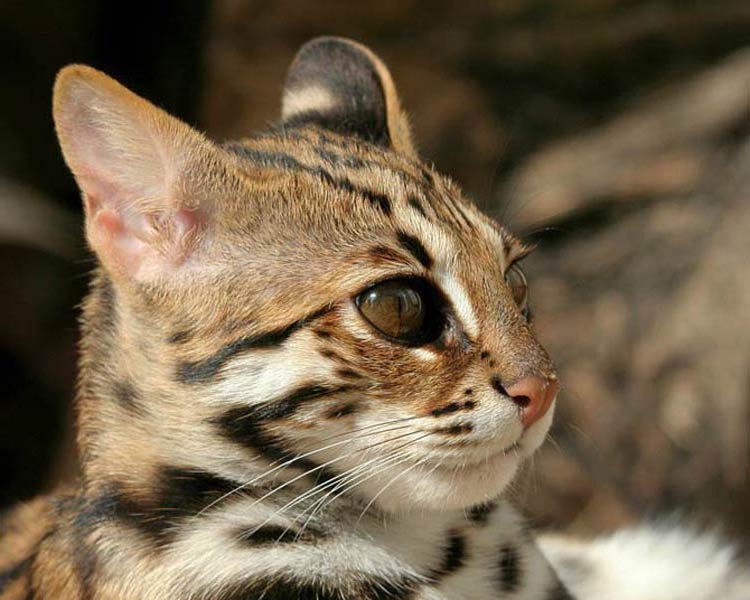
Lifestyle
The leopard cat is a solitary animal, except for the breeding season. They mark their hunting territory with urine, rubbing against trees and rocks, and scratching. Some individuals may be active during the day, but for the most part they hunt at night.
They climb trees very efficiently and walk on rocks. They spend their days in trees, but if the undergrowth is dense, they sometimes come down and hide among the vegetation. Leopard cats are excellent swimmers, which is greatly aided by the webbing between their toes, but they do so reluctantly and only when forced to. They communicate using sounds similar to those made by domestic cats.
Leopard cats are exclusively carnivorous. They feed on various small animals: mammals, lizards, amphibians, birds, and sometimes insects. The main part of their diet consists of chipmunks, mice and rats. They also happen to hunt hares.
They hunt by stalking close to their prey and jumping suddenly. Unlike many small cats, leopard cats do not “play” with their prey, but hold it in a strong grip until it dies. This is probably related to the fact that a large part of their food consists of birds, which could escape if released.
Key points:
- Solitary lifestyle: Except for the breeding season.
- Activity: Usually nocturnal, although some individuals may be active during the day.
- Agility: They climb and swim excellently.
- Communication: Using sounds similar to those made by domestic cats.
- Diet: Exclusively carnivorous, mainly small mammals.
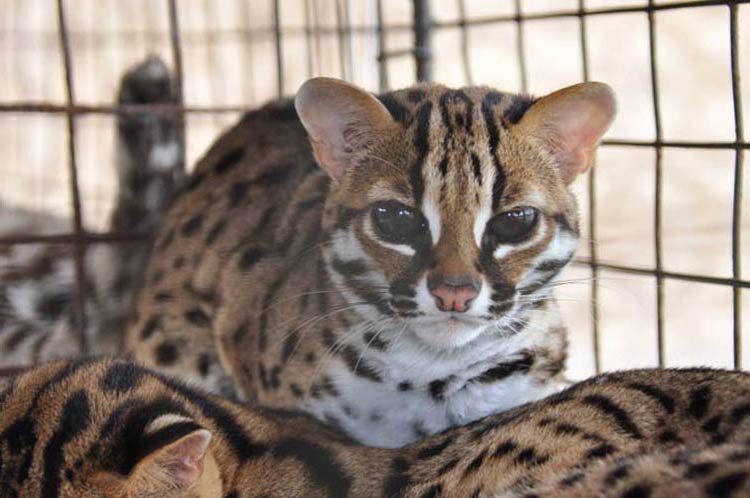
Reproduction
The breeding season of leopard cats depends on the climate. In the tropics, mating can occur throughout the year. In colder conditions, mating takes place in winter, and kittens are born in spring. Pregnancy lasts 60-70 days.
Usually 2-3 kittens are born, weighing 75-130 g (2.6-4.6 oz). They open their eyes after 15 days, and at the age of two weeks they weigh twice as much as at birth, and four times as much after another three weeks. At the age of one month, their teeth erupt and they start eating meat. Females reach sexual maturity at the age of 1 year, and have their first litter at the age of 13-14 months. They live up to 13 years.
Key points:
- Breeding season: Dependent on the climate, year-round in the tropics.
- Gestation: 60-70 days.
- Litter size: Usually 2-3 kittens.
- Kitten development: Rapid growth, early consumption of meat.
- Sexual maturity: Females reach it at 1 year old.
- Lifespan: Up to 13 years.
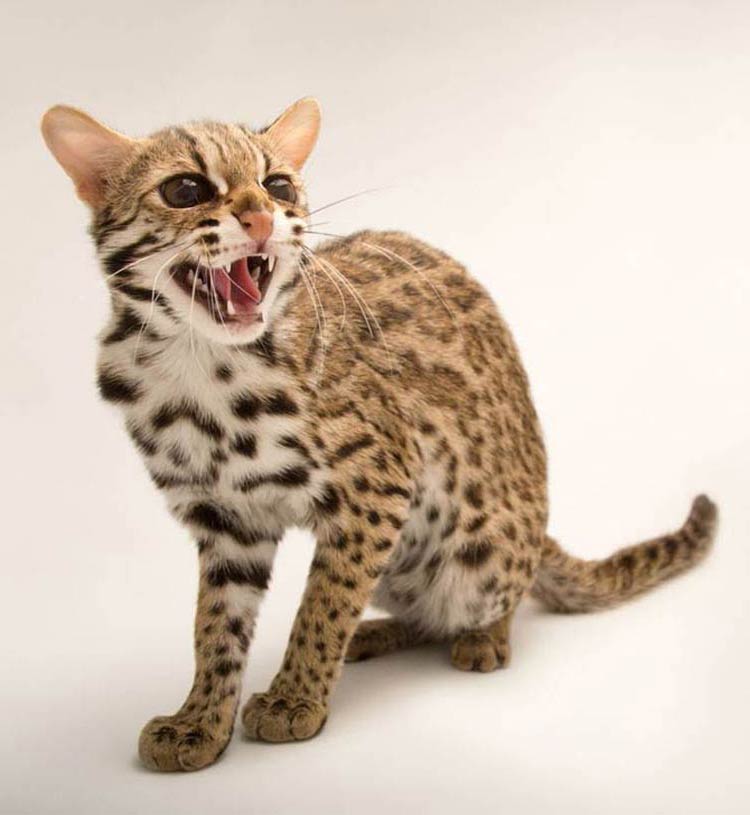
Leopard cats and humans
Leopard cats in some countries have been treated as game animals for their fur. In China alone, over 200,000 of these animals were killed between 1984 and 1989. When the European Union banned fur trade, Japan became the main market.
Although officially the fur trade is largely restricted, leopard cats are still victims of poachers and locals who treat them as a source of skins, food, or capture them for domestication as pets. They are also sometimes killed by farmers who treat them as pests.
Currently, the continental population of the leopard cat is about 50,000 individuals. The IUCN considers this species to be of “least concern”. Only in Japan is this species listed as endangered.
In 1995, it was included in a special observation and protection program. In the USA, the leopard cat is considered a non-endangered species and trade in live animals is permitted in accordance with international regulations. As this animal has adapted to living in the monoculture crops of Asia, scientists believe that this species is not in danger of extinction.
The leopard cat is often kept close to homes as a domesticated animal, but it is quite aggressive and not very friendly; however, it is great as a free-living animal that controls rodents on a farm. In 2001, the remains of leopard cats were discovered in human settlements dating back 5,000 years in China. This species can crossbreed with the domestic cat and produce fertile offspring.
The first mixed offspring were presented at cat shows in 1970, and in the fifth generation, cats with the same coloring as leopard cats were obtained. Bengal cats are gentle, initially distrustful, and eventually become very attached to their owners, although they always maintain a certain distance. They are very curious and lively, but also demanding to keep.
Key points:
- Fur exploitation: In the past, intensive hunting for fur, now limited.
- Poaching and culling: Still a threat from poachers and farmers.
- Conservation status: “Least Concern” according to the IUCN, endangered in Japan.
- Relationship with humans: Often kept as pets, but can be aggressive.
- Crossbreeding with domestic cats: Possible, leading to the Bengal cat breed.
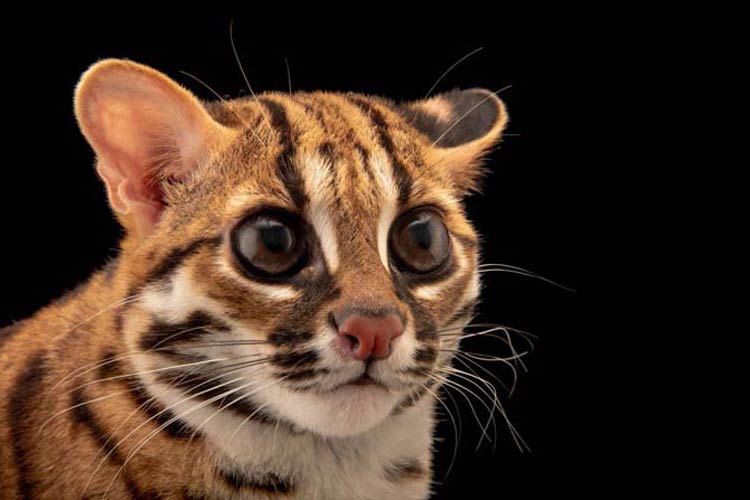
Detailed Data / Dimensions
Leopard Cat (Prionailurus bengalensis)
- Body length (without tail, warm climate populations): 39-66 cm (1 ft 3.4 in – 2 ft 2 in)
- Tail length (warm climate populations): 17-31 cm (6.7-12.2 in)
- Body length (without tail, temperate climate populations): up to 75 cm (up to 2 ft 5.5 in)
- Body weight in warm climate: 0.55-3.8 kg (1.2-8.4 lb)
- Body weight in temperate climate: over 7 kg (over 15.4 lb)
- Height: 41 cm (1 ft 4.1 in)
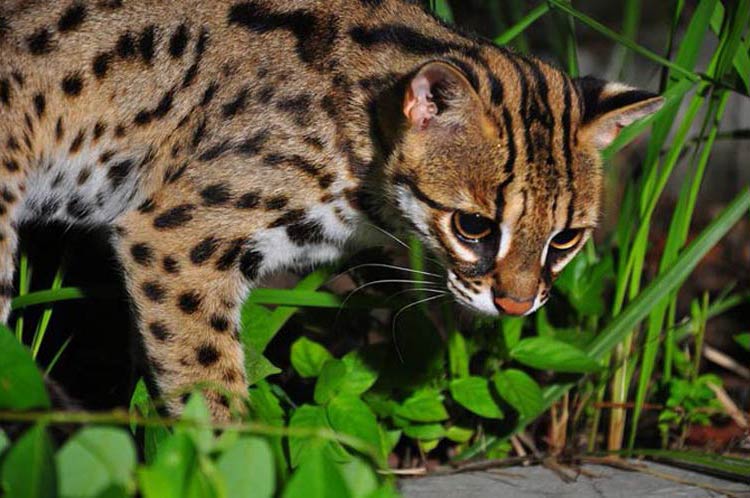
Leopard Cat – Interesting Facts
- The leopard cat was the first cat species domesticated in China.
- Leopard cats are one of the few animals that are virtually unharmed by environmental changes caused by humans.
- Bengal cats are known as “talkative” – they make a lot of sounds and expect humans to react, also making some sounds, for example, by talking to them, otherwise they lose interest in that person.
- Exceptional Climbers: Leopard cats are incredibly agile climbers. Their strong claws and flexible bodies allow them to navigate trees with ease, both for hunting and escaping predators. They often rest in trees during the day.
- Webbed Toes for Swimming: While not as pronounced as in some other animals, leopard cats have slight webbing between their toes. This aids them in swimming, although they aren’t particularly fond of water and will only swim when necessary.
- Diverse Diet: While primarily carnivorous, their diet is quite varied. They’ll prey on small mammals (rodents are a favorite), birds, reptiles, amphibians, fish, and even insects. This adaptability in their diet contributes to their wide distribution.
- Solitary Hunters: Leopard cats are generally solitary creatures, except during the breeding season. They are primarily nocturnal hunters, stalking their prey before pouncing. They are known for their stealth and efficiency in hunting.
- Vocalizations: They are quite vocal, using a range of meows, growls, hisses, and purrs to communicate. They also use scent marking to establish their territories.
- Adaptable to Human Presence (to a degree): Unlike some wild cats, leopard cats can sometimes survive in areas with some human presence, even adapting to hunting in plantations or near agricultural land. However, this doesn’t mean they thrive in these environments, and habitat loss remains a significant threat.
- Subspecies Variation: There are several recognized subspecies of leopard cat, each with slight variations in coat color and size, adapted to their specific geographic locations. This reflects their wide range and diverse habitats.
- Hybrids: As mentioned before, they can hybridize with domestic cats, leading to the Bengal breed. This is a testament to their genetic closeness, but also a potential conservation concern for wild populations if hybridization becomes too frequent.
- Conservation Challenges: Despite their relatively wide distribution and adaptability, leopard cats face numerous threats, including habitat loss due to deforestation and agricultural expansion, poaching for their fur, and conflict with humans due to perceived threats to livestock. Conservation efforts are crucial to ensuring their long-term survival.
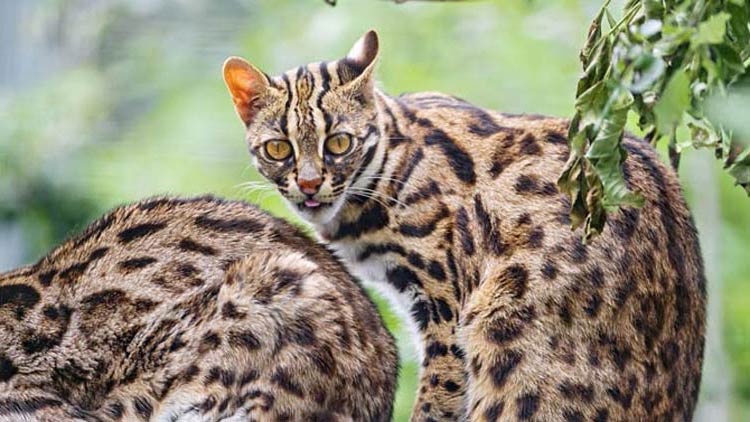
Recommended
- Bengal cat
- Iriomote cat
- Tiger – the king of the jungle
- Siberian tiger
- Bengal tiger
- Sumatran tiger
- Indochinese tiger
- Malayan tiger
- South China tiger
- Tigers
- White tigers
- Lions
- White lions
- Lion vs tiger
- Liger
- Animal fights
- American lion
- European cave lion
- Smilodon – Saber-toothed tiger
- Fights of animals
- Big cats
- Black panther
- Leopard
- Snow leopard
- African Lion
- Fastest animals
- Fastest birds

